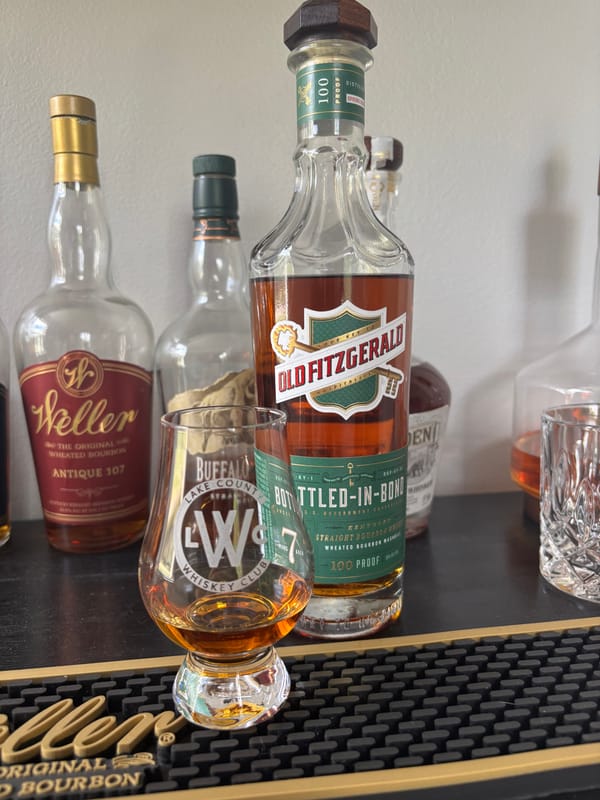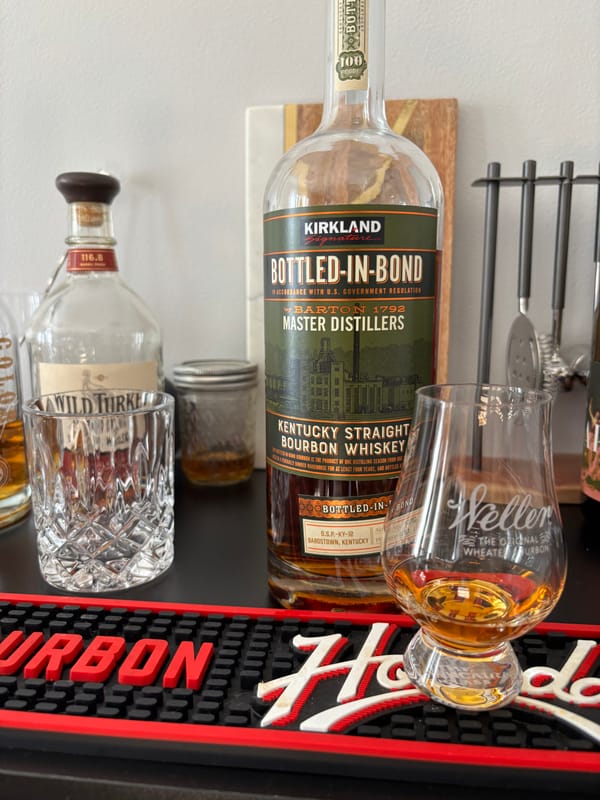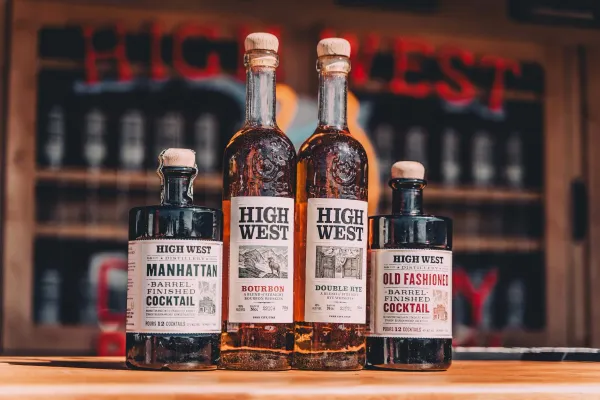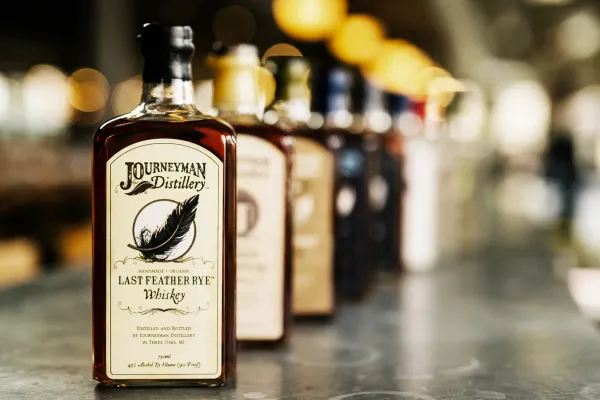Whiskey Barrel Stave Curing Facts: The Craft You’ll Wish You’d Valued Sooner

Barrel Stave Curing Processes: The Whiskey Wood You Can’t Ignore
Barrel stave curing in whiskey production isn’t just woodworking. It’s the meticulous craft that seasons oak, enhancing its flavor contributions to the spirit. If you don’t know these processes, you’re missing the wood that refines every bottle. For whiskey fans eager to grasp aging, this is the unshakeable truth about whiskey barrel stave curing facts, rooted in legal standards and science, and a 2025 must-grasp.
What Are Barrel Stave Curing Processes?
U.S. law mandates bourbon, rye, and wheat whiskey age in new charred oak barrels, with staves cured for 6-18 months. Scotch and Irish whiskey (Scotch Whisky Regulations 2009, Irish Whiskey Act 1980) use toasted or reused oak, aged three-plus years. Curing involves air-drying oak staves (typically American or European oak) at ambient temperatures (20-100°F) to reduce bitter tannins and moisture (from 50% to 10-12%), preparing wood for toasting or charring (250-1,200°F). This process ensures oak imparts vanilla, caramel, or spice to whiskeys bottled at 80 proof minimum.
How Stave Curing Shapes Whiskey
Long curing (12-18 months) for bourbon barrels removes astringent tannins, allowing charred oak to deliver rich toffee to corn’s sweetness over four to eight years in Kentucky’s climate (20-100°F). Shorter curing (6-12 months) for Scotch’s reused casks preserves subtle oak notes, enhancing barley’s malty fruit in Scotland’s cooler climate (40-65°F). Proper curing balances lignin and vanillin release, impacting flavor extraction during aging, with evaporation (2-5% annually) concentrating profiles. Legal standards ensure cured oak supports whiskey’s flavor integrity at 80-120 proof.
Why Stave Curing Matters for Your Sip
A bourbon at 80 proof, from long-cured staves, bursts with smooth caramel, while a Scotch at 86 proof, from cured reused oak, offers delicate malt, per legal standards. Uncured staves add bitterness. Every sip reflects curing’s seasoning role, making your next bottle a refined expression of its wood.
Why Barrel Stave Curing Processes Matter in 2025
Barrel stave curing processes are whiskey’s oak foundation. By 2025, understanding these standards could make every sip a rich taste of seasoned craft, from bold to nuanced. It’s the truth in the wood, so don’t miss the craft.
Check out NEAT: Whiskey Finder—it’ll help you track down bourbon and whiskey near you.





